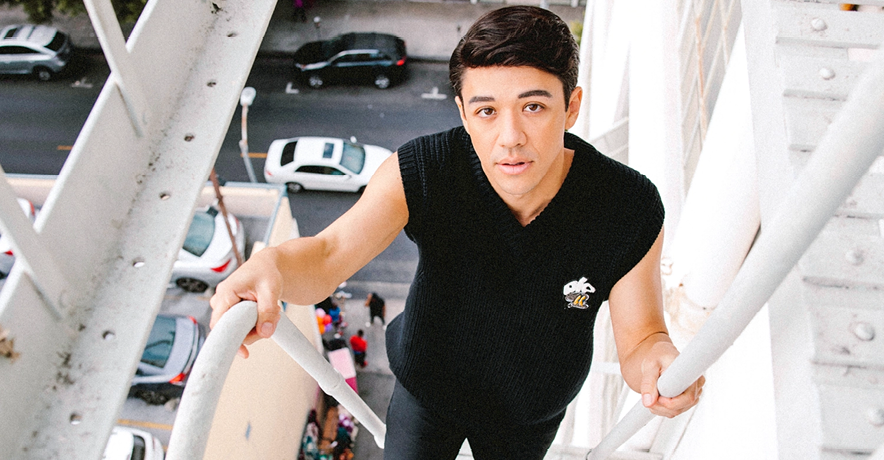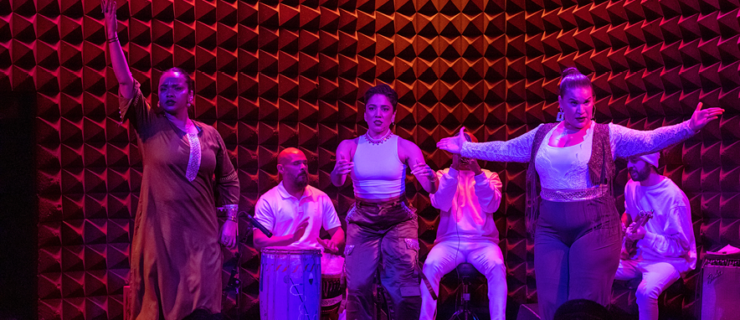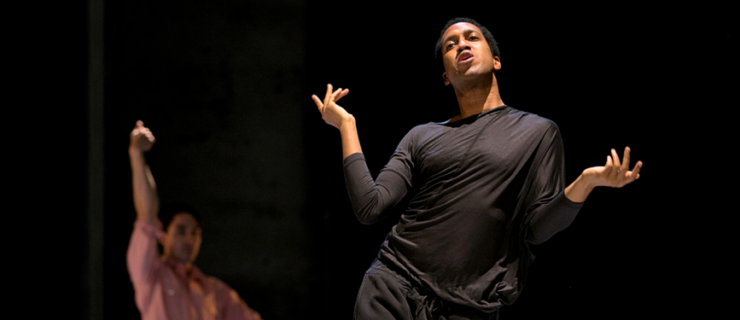Kyle Hanagami, A Viral Sensation Across Multiple Forms of Media, Has Built a Dance Empire From the Ground Up
Even a glance at Kyle Hanagami’s resumé is enough to leave you short of breath. The 37-year-old choreographer has worked with everyone from Jennifer Lopez to Alicia Keys to Ariana Grande to BLACKPINK. He created the dances for this year’s box-office smash Mean Girls. And he’s amassed nearly 8 million followers and more than a billion video views on his social media accounts.
“By no means did it happen overnight,” he says. “It took years and years of hard work.”
That hard work is evident throughout Hanagami’s online presence, but especially on his phenomenally popular YouTube channel. Hanagami has harnessed the platform’s power in a singularly savvy way—and in doing so, has gained not just millions of fans but also a devoted inner circle of colleagues and collaborators.
An Unexpected Beginning
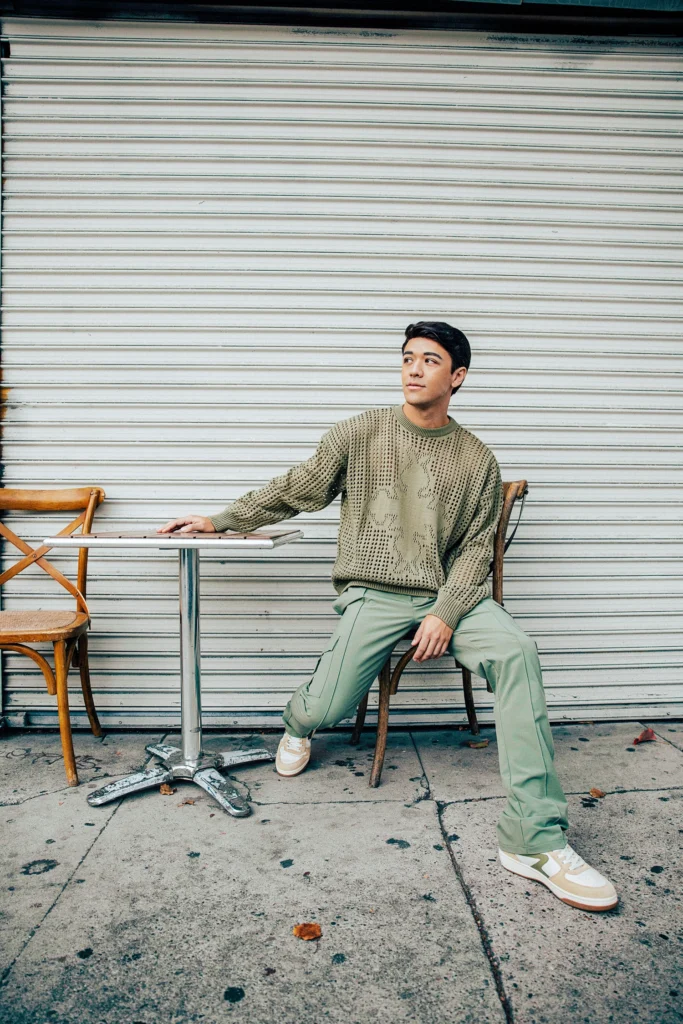
A career in dance wasn’t on Hanagami’s radar growing up. “I didn’t even know what a choreographer was,” he remembers. During his freshman year as a psychology and economics major at the University of California, Berkeley, Hanagami auditioned for the school’s hip-hop team for fun. Thanks to his innate musicality and sense of rhythm, he ended up making the cut.
What started as a casual commitment soon turned into something more serious: “I fell in love with it,” he says. Hanagami returned to his native Los Angeles in 2010, built up his YouTube channel, and leaned into all opportunities that came his way, including dancing for the Black Eyed Peas and choreographing for “The X Factor.” “There was no roadmap back then,” he says. “I had to learn how to navigate a rapidly changing dance landscape.”
Leveling Up
Hanagami quickly established himself as a choreographic force. His distinct movement vocabulary, abundant with musical flourishes and syncopation, drew dancers in droves to his classes at Millennium Dance Complex and Movement Lifestyle in Los Angeles. His sleekly edited YouTube content—which, early on, included not just choreography videos but also a look into the life of a professional dance artist—even caught the eye of a number of directors and actors, many of whom reached out to pursue collaborations. “YouTube has been instrumental to my career and cross-pollinating different parts of my professional life,” Hanagami says.
Eventually he was choreographing for stars like Jennifer Lopez and productions including “Dancing with the Stars.” While the projects kept coming, Hanagami was eager for a different type of challenge. “I often came in halfway through a musician’s career, so I didn’t have an impact on who they were as an artist,” he says. “I really wanted to be involved from the beginning.”
Enter BLACKPINK, widely considered the most successful girl group in K-pop. BLACKPINK tapped Hanagami as their choreographer in 2016—a time when “they hadn’t even released a song,” he says. He’s worked with the group ever since, choreographing music videos that have been viewed by billions of people around the globe. “It’s been really- gratifying to see how far they’ve come, and also see the impact my choreography has had on shaping their overall vision,” he says.
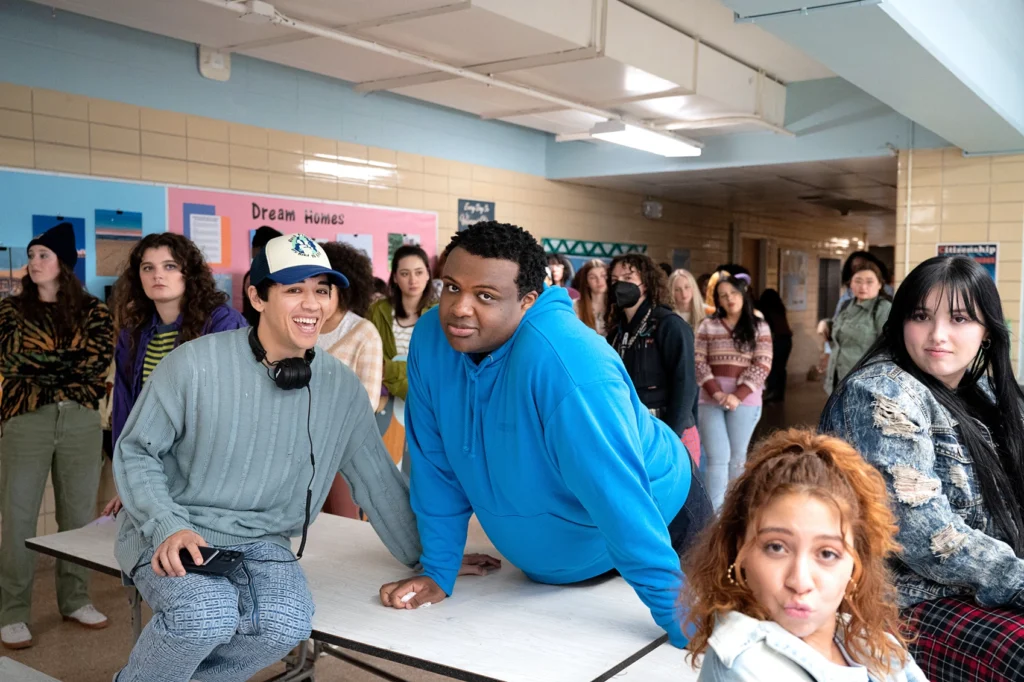
In 2023, Hanagami signed onto Mean Girls, the movie musical adaptation of the Broadway production, both based on Tina Fey’s hit comedy from 2004. Putting a fresh spin on a beloved classic “really forced me to think outside of the box,” Hanagami says. “It was such a creative challenge and took my career in a direction I didn’t think was possible.” That direction? A credit line as a second unit director (he led a secondary camera and crew during filming)—and, as a result, admission to the Directors Guild of America.
People First, Dancers Second
The throughline in Hanagami’s extensive resumé is his ability to understand people. “Even in fast-paced, high-pressure circumstances, I love working with Kyle,” says actress Ashley Park, who originated the role of Gretchen in Mean Girls on Broadway and has worked with Hanagami on a Skechers campaign, as well as one of his viral videos. “He is a natural director and visionary when it comes to prioritizing storytelling, while elevating the spirits of everyone involved.”
Before exploring the choreography, Hanagami likes to explore the artist’s personality. “I want to know their strengths and their weaknesses,” he says. “All of this helps me make a connection before we work together in a professional setting.”
A Potential Pivot
As his career continues to boom, Hanagami has his sights set on a future in the director’s chair. “Directing feels like the next frontier for me,” he says. As an experienced video editor (thanks to all those years on YouTube), a newly minted member of the DGA, and a mentee of the choreographer-directors Adam Shankman and Kenny Ortega, Hanagami is well positioned to make a splash in the film industry.
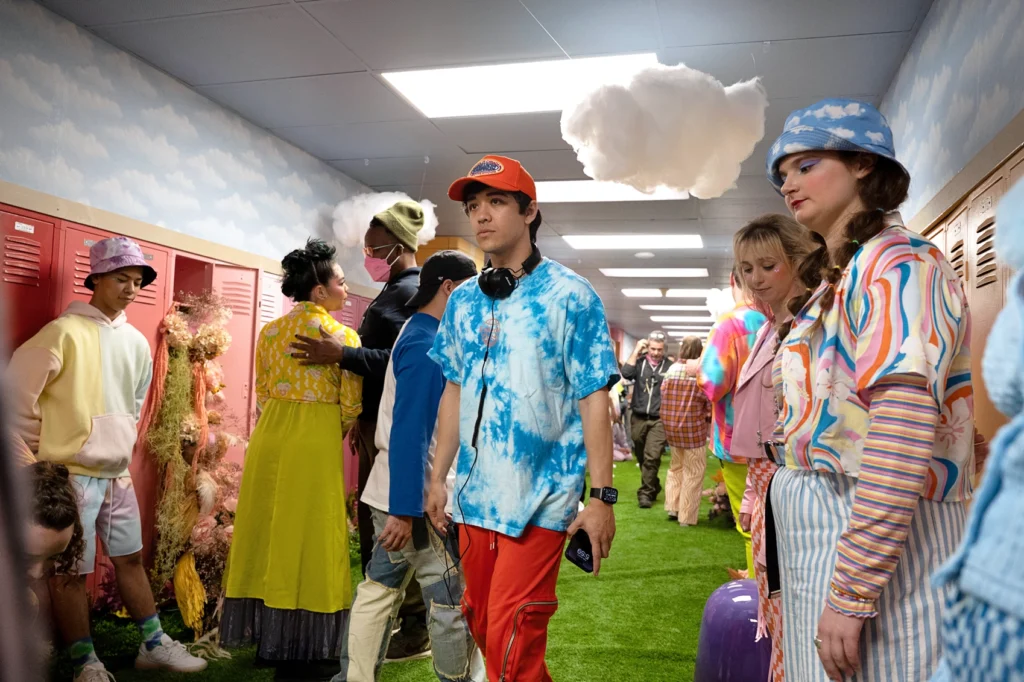
But choreography won’t necessarily take a backseat. “I’ll still work on projects that touch dance in some way,” he says. That includes choreographing for the current season of “So You Think You Can Dance.”
“Everything I’ve done up until this point—from my video-editing experience to my love for psychology—has prepared me for this,” Hanagami says. “I feel more than ready.”
The Company He Keeps
“If I were to give one piece of advice to someone in the entertainment industry, it’d be to surround yourself with good people,” Hanagami says. Charlize Glass, a professional dancer who worked with Hanagami on Mean Girls and has taken his classes for 13 years, says he lives by that advice himself. “Kyle creates an environment that is unlike anything else, largely because of the assistants around him,” Glass says. “It makes the work so much more enjoyable.”
One of those people is Hanagami’s close friend and collaborator, Haley Fitzgerald. Fitzgerald first crossed paths with Hanagami more than a decade ago and has been a fixture in his social media content and professional projects. “Collaborating with Kyle is like piecing a puzzle together—the combination of his technical eye and my dancing works really nicely,” she says.

Hanagami refers to Fitzgerald as his “right hand.” “I just like her as a human, and I want to be around her,” he says. “When you gel with someone like that, it makes the work better.”
Always Advocating
A prolific creator, Hanagami is a vocal proponent of choreographic copyright. He has secured copyrights for nearly all of his choreographic work, and recently pursued his own lawsuit against Epic Games and the video game Fortnite, in which he claimed that the company stole his copyrighted moves.
“I’m so passionate about this because choreographers are often women, or come from marginalized communities, or are people of color—systemically, it’s almost a given that they’ll be taken advantage of,” he says. “I’m lucky enough to be in a position where I can hold other parties accountable.”
Hanagami brings that same passion for advocacy to his work as a vice president of the Choreographers Guild, the labor union for choreographers in the entertainment industry. At the height of the COVID-19 pandemic, he remembers Zoom meetings where it became clear that he and his Guild colleagues were all facing similar problems within the industry. “As choreographers, we rarely work on projects together. We’re usually on our own island,” he says. “But through our conversations, we’ve been able to establish what choreographers want and deserve, and how to get there.”
